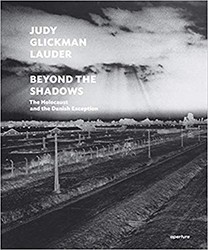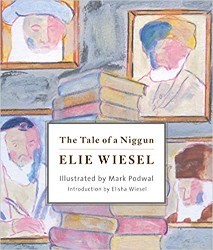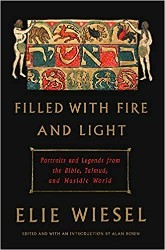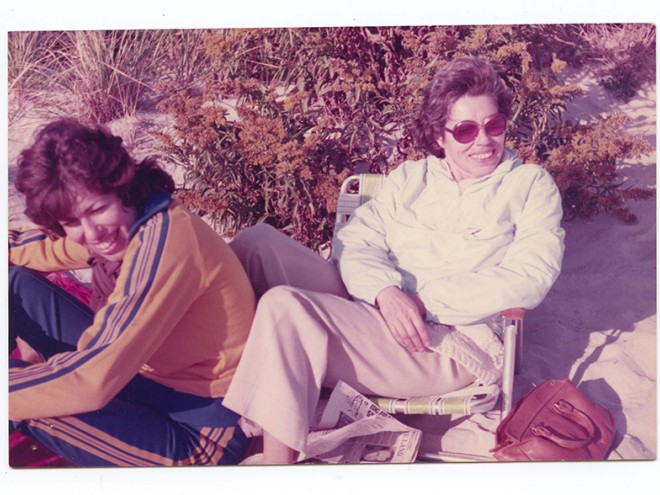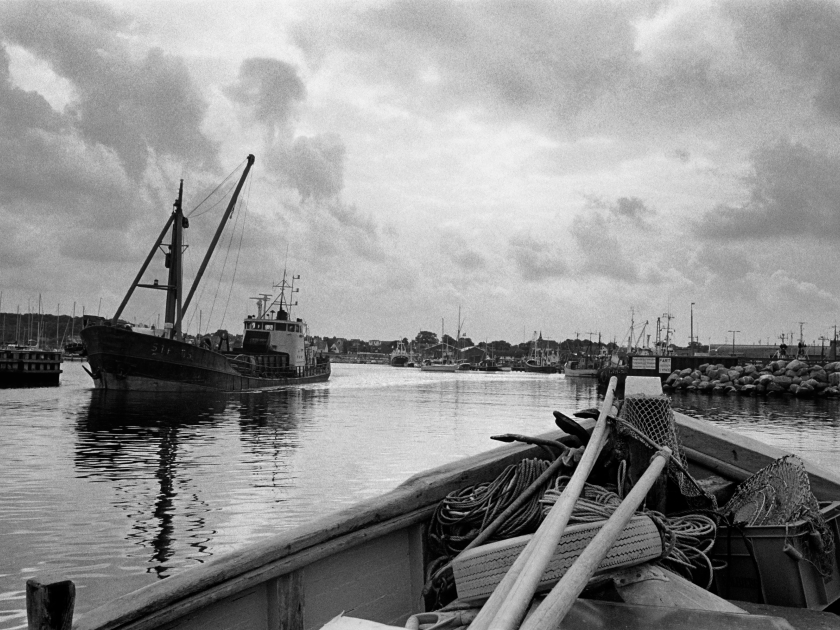
All images courtesy of the publisher
Through arresting photographs, Beyond the Shadows (Aperture, 2019) chronicles the Nazi occupation of Denmark and highlights the work of non-Jewish Danes who moved Jews to safety. This excerpt will be featured in the fourth issue of Paper Brigade, forthcoming in February. Preorder the issue here.
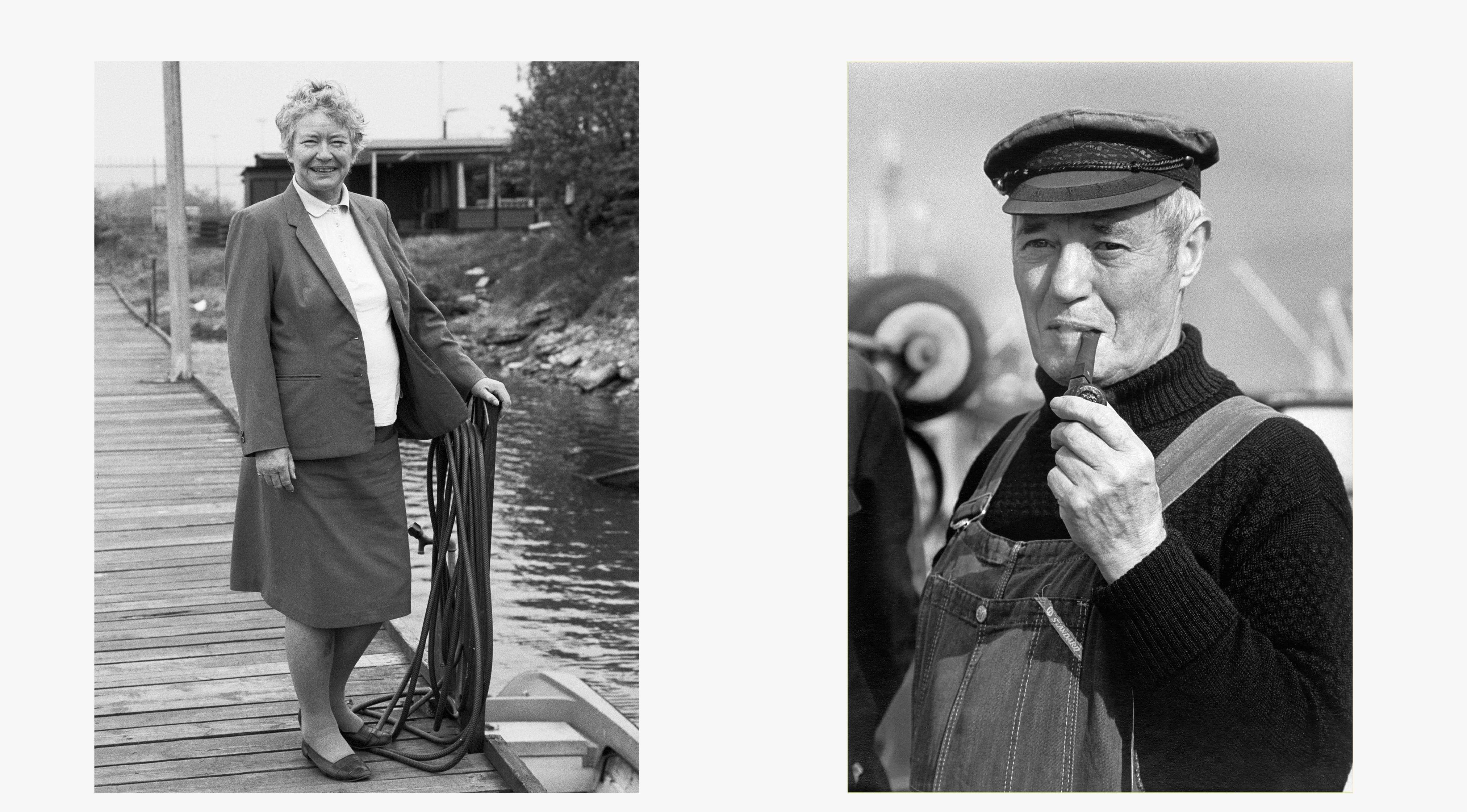
DR. EBBA LUND
Word spread quickly through the Resistance network that Bispebjerg Hospital in Copenhagen was a good hiding place. Corridors, operating tables, the nurses’ residence, even the funeral chapel were pressed into service. The gates were guarded by Germans; the Gestapo would stage sudden raids. At the age of twenty-two, Ebba Lund ran a rescue operation out of Copenhagen Port, which transported several hundred Jews to safety. Still a student at the time, she often had to face down the Gestapo while hiding escaping Jews. After the war, Dr. Lund made a career as an internationally respected scientist.
JENS MØLLER, GILLELEJE
“We went to Pårup station [the last stop before Gilleleje] to fetch a whole trainload of people and distribute them among the big farms. But there were so many that there was not enough room and the rest were so unhappy. We took an elderly couple and a young couple with twin babies to our house, and some to the carpenter’s. And the neighbors [Frede Svendsen’s mother] brought bread and butter. For three days they stayed. And I stood by and ran back and forth from the harbor to see when there would be room for them to get across.”
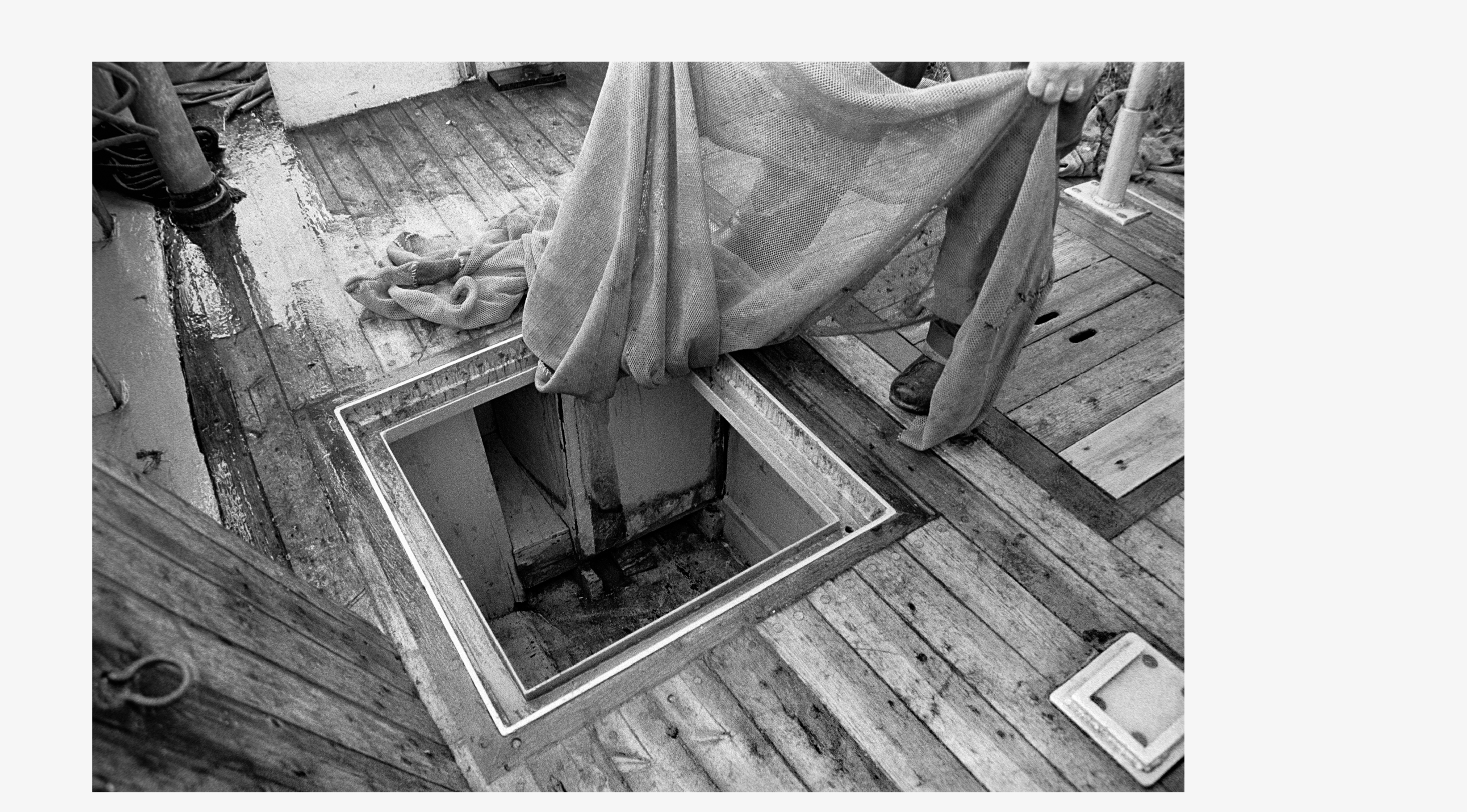
BOAT HATCH
On the trip to Sweden, the refugees were kept hidden in the holds of fishing boats. They were often sandwiched like sardines under smelly canvas tarpaulins until they reached Swedish waters. Some of the refugees were caught by German patrols and others lost their lives in drowning accidents or suicides. A total of 7,056 Jews and 686 non-Jewish spouses, along with an additional 11,000 non-Jews in fear of arrest by the Germans for various illegal Resistance activities, succeeded in escaping to Sweden.
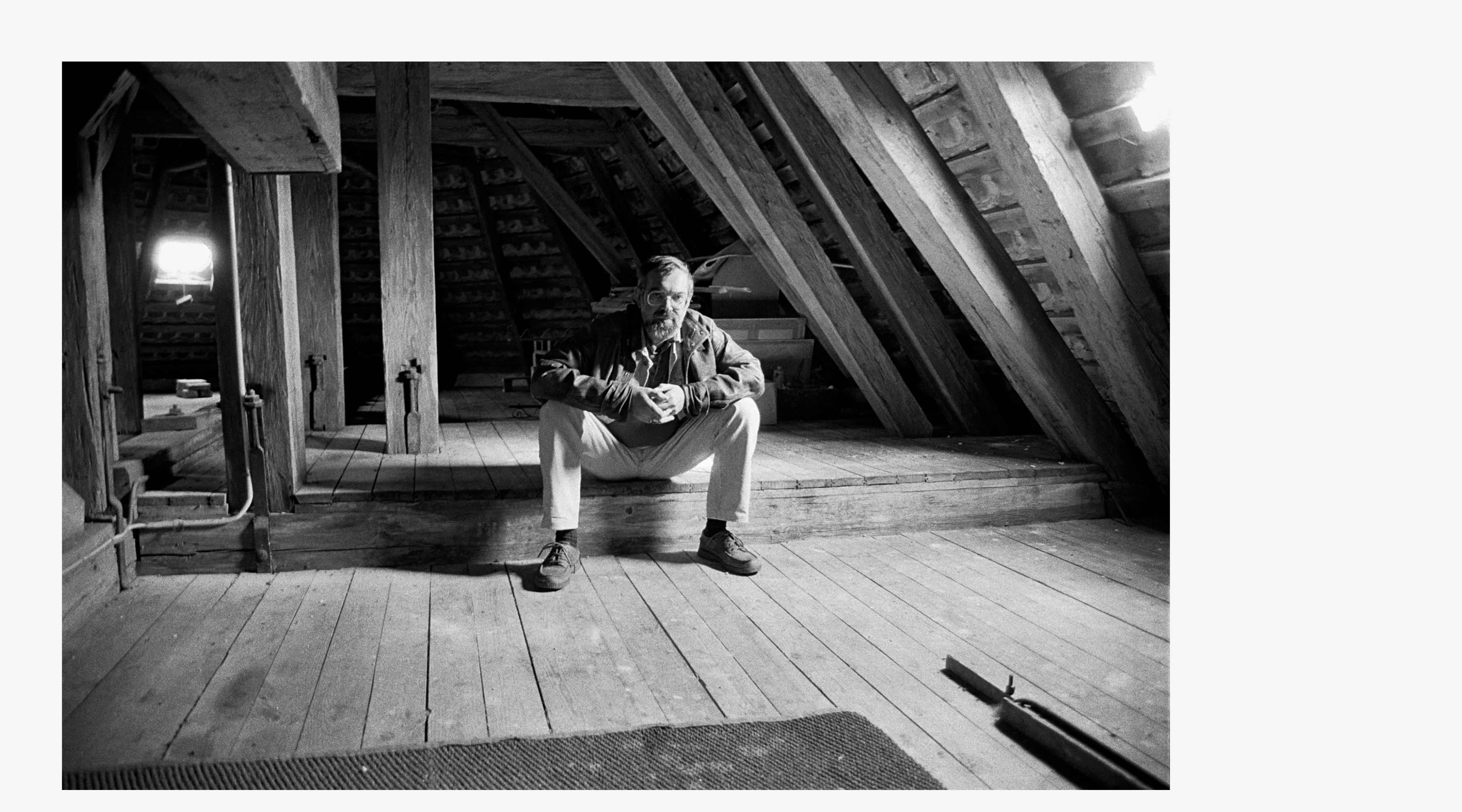
FINN ABRAHAMOWITZ, PLAYWRIGHT OF GILLELEJE
“The Jews waited in fear for about sixteen hours in the very chilly loft of the church. A person who was later accused of informing the Germans visited the church, and I believe the Jews knew they would be taken. Imagine: sixteen hours with that suspicion. My idea for the play is to tell the story about people who are informed that the next day they have to go to another country, without their family, friends, work, house, money … anything. My own connection with the story of Gilleleje is indirect. I was not yet four years old when, on October 10, as a little fugitive, I sailed with my mother to Sweden in a fisherman’s boat from south of Copenhagen.”
Judy Glickman Lauder is a photographer, humanitarian, and philanthropist. Her books include Upon Reflection: Photographs by Judy Ellis Glickman (2012), as well as a book on the work of her father, For the Love of It: The Photography of Irving Bennett Ellis (2008). Her work is held in private collections and public institutions around the world, including the J. Paul Getty Museum, Los Angeles; Whitney Museum of American Art, New York; United States Holocaust Memorial Museum, Washington, DC; and Danish Jewish Museum, Copenhagen. Glickman Lauder’s work is the subject of two traveling exhibitions, Holocaust: The Presence of the Past and Resistance and Rescue: Denmark’s Response to the Holocaust, which have been shown at more than 150 institutions around the world.
Elie Wiesel was one of the most influential voices for remembering and understanding the Holocaust. A Nobel Laureate, he was the author of more than fifty books, including Night, a work based on his experiences as a prisoner in Auschwitz and Buchenwald. He died in 2016, at the age of eighty-seven.
Michael Berenbaum is director of the Sigi Ziering Institute: Exploring the Ethical and Religious Implications of the Holocaust, American Jewish University, Los Angeles. He played a leading role in the creation of the United States Holocaust Memorial Museum, Washington, DC, and the content of its permanent exhibition. Berenbaum is also a rabbi, the author of numerous books, and executive editor of the twenty-two volume Encyclopaedia Judaica, 2nd edition (2006).
Judith S. Goldstein is an author, a historian, and a human rights leader. She holds a PhD in history from Columbia University. In 1997, she founded the international educational organization Humanity in Action.
